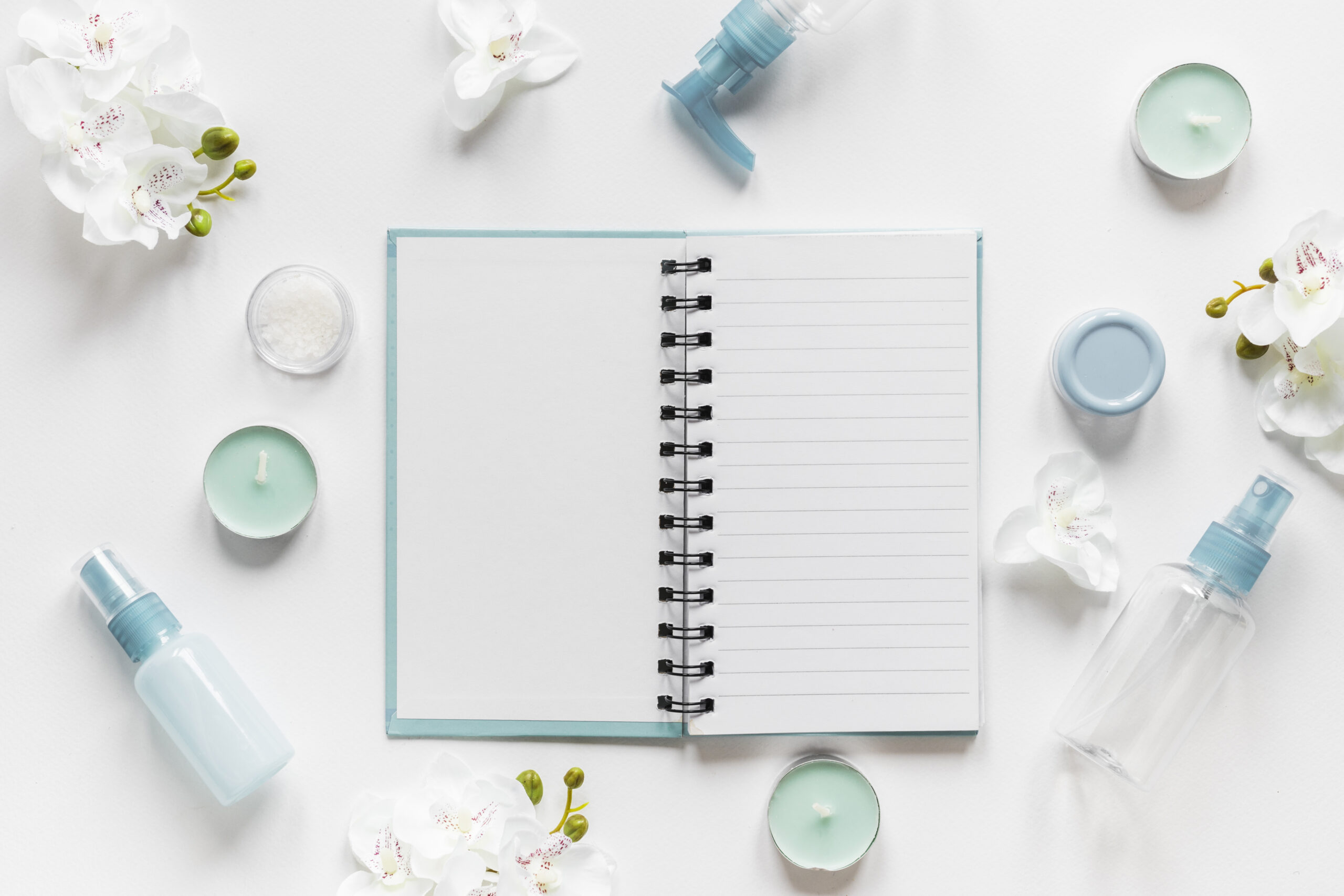The Complete Guide to Building a Skincare Product Brief (With Examples)

A well-written product brief is the single most important tool for ensuring a smooth, efficient, and successful skincare development process.
Yet most brands — even experienced ones — begin R&D with only a vague idea of what they want:
- “a hydrating serum”
- “a brightening cream”
- “a natural cleanser”
This lack of precision leads to endless back-and-forth cycles, delayed timelines, mismatched expectations, and higher development costs.
A clear, detailed brief eliminates these issues by aligning your vision, your brand identity, and your product strategy with your formulation partner from day one.
This guide walks you through how to build a complete skincare product brief — with examples you can use immediately.
Why a Strong Product Brief Matters
A product brief is not a formality. It’s a strategic tool that:
-
Prevents misunderstandings
-
Reduces the number of revisions
-
Speeds up development
-
Ensures your formula meets your brand standards
-
Helps your lab select realistic ingredients
-
Ensures compatibility between formula, packaging, and claims
-
Aligns marketing, regulatory, and R&D teams
A strong brief can shorten your development timeline by weeks or even months.
The Core Elements of a Complete Skincare Product Brief
Below is the framework we use at B4U Labs when guiding brands through efficient product development. You can adopt it as-is.
1. Product Identity & Purpose
What is the product and what role does it play in the line?
Include:
-
Product type (serum, cream, cleanser, mask)
-
Placement (AM/PM, step in routine)
-
Who it is for (skin type, concerns, demographic)
-
North star benefit (firming, brightening, hydrating, soothing)
Example
Product: Vitamin C + Niacinamide Daily Moisturizer
Purpose: Brightening & hydration for dull, uneven skin
Placement: AM, after serum
Target User: 30–55, normal to dry skin
2. Brand Philosophy & Positioning
Your formulation must reflect your brand’s identity. Include:
-
“Clean,” natural, or science-based?
-
Luxe, derm-grade, or mass-market?
-
Key differentiators
-
Sensory expectations
-
Ingredient “red lines” (no silicones, no PEGs, no parabens, etc.)
Example
-
Brand DNA: Natural + science-backed
-
Standards: ISO 16128 natural origin > 90%
-
Avoid: PEGs, silicones, mineral oils
3. Texture, Sensorial Feel & Absorption
Brands often under-communicate this — causing delays. Be specific.
Include:
-
Target viscosity (light/medium/rich)
-
Absorption speed
-
Finish (matte, dewy, silky, non-greasy)
-
Spreadability
-
After-feel
-
Color
-
Fragrance strength & profile
Example
-
Texture: Light gel-cream
-
Absorption: Fast
-
Finish: Dewy, radiant
-
Fragrance: Light citrus, IFRA-safe
4. Key Ingredients & Actives
List must-haves vs. nice-to-haves.
Include:
-
Hero actives (e.g., Vit C, Retinol, Cica, Peptides)
-
Exclusion list
-
Natural origin % target
-
Ingredient story (if important for marketing)
Example
Required actives:
-
10% Ascorbyl Glucoside
-
3% Niacinamide
-
Hyaluronic acid complex
Optional:
-
Botanical extracts: Acerola, Kakadu Plum
5. Regulatory & Market Requirements
Critical for avoiding rework later.
Include:
-
Markets you plan to sell in (EU, UK, US, Canada, Middle East)
-
Natural/organic certifications (ISO 16128, COSMOS alignment)
-
MoCRA considerations (INCI accuracy, safety substantiation)
-
Allergen restrictions
-
Claims you want to make (and those you must avoid)
Example
-
Selling in: EU + UK + US
-
Claims: “Brightening,” “Radiance,” “Hydrating,” “Even tone”
-
Avoid: “Dermatologist-approved”
6. Packaging Details
Packaging and formulation must work together — many brands forget this.
Include:
-
Exact packaging type (jar, pump, airless, tube)
-
Material (PP, PET, aluminum, glass)
-
Volume
-
Color or opaqueness requirements
-
Component limitations (narrow orifice, dropper viscosity constraints)
Example
-
Packaging: 50 ml airless pump, PP
-
Color: Pearl white
-
Must pass: Compatibility + dispensing tests
7. Budget, MOQs & Timelines
A formulation only works if it is viable for your business.
Include:
-
Target cost per unit (bulk + filling)
-
MOQ flexibility requirements
-
Lead time expectations
-
Launch date
-
Retail price range
Example
-
Target COGS: ≤ $1.50
-
MOQ: 1,000–3,000 units
-
Launch: Q4 2025
8. Competitor Benchmarking
Specify what you want to match, surpass, or avoid.
Include:
-
Product references you admire
-
Sensory benchmarks
-
Ingredients you want to incorporate or exclude
Example
-
Benchmark products:
-
Dr. Dennis Gross Vitamin C Lactic Oil-Free Radiant Moisturizer
-
-
Want similar: After-glow, lightweight feel
-
Want better: Ingredient sustainability and cost
9. Stability & Performance Expectations
Specify any expectations around:
-
Shelf life goals
-
Preservative approach
-
Climate considerations (hot/humid markets)
-
Texture stability (no separation, no color shifts)
Example
-
Shelf life: Minimum 30 months
-
Climate: Must handle 40°C for 2 weeks
10. Testing Requirements
Include any mandatory:
-
Stability testing
-
Challenge testing
-
Compatibility testing
-
Dermatological testing
-
Consumer testing
-
Clinical efficacy
Example
-
Required: Stability + challenge + compatibility
-
Optional: Clinical brightening study after 4 weeks
Example of a Complete Product Brief (Short Version)
Product Name: Bright & Smooth Vitamin C Moisturizer
Brand DNA: Natural + science-based
Target User: 30–55, dull + uneven skin tone
Texture: Light gel-cream, fast absorption
Finish: Dewy radiance
Key Actives: Ascorbyl glucoside, niacinamide, hyaluronic acid
Packaging: 50 ml airless pump
Regulatory Markets: EU, UK, US
Claims: Brightening, radiance, hydration
COGS Target: ≤ $1.50
Launch Timeline: Q4 2025
Final Thoughts
A strong product brief is more than a planning tool — it is the foundation of a successful skincare development process. When your brief is clear and complete, you save time, reduce revisions, and ensure the final product aligns with your brand vision, regulatory needs, and commercial goals.
At B4U Labs, we guide brands through a structured Product Characterization process that transforms an idea into a complete, production-ready skincare formula in as little as three months.





